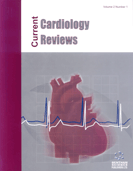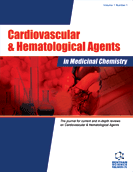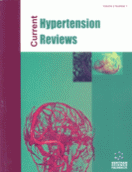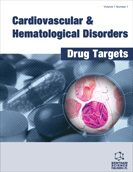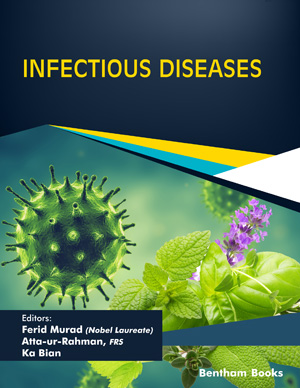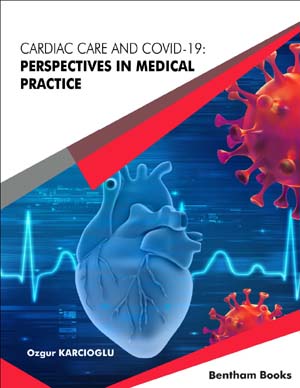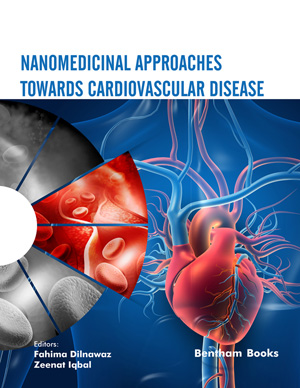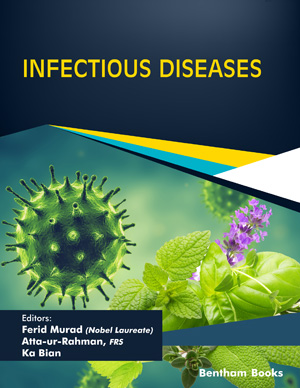Abstract
Dronedarone is an amiodarone analog that differs structurally from amiodarone in that the iodine moiety was removed and a methane-sulfonyl group was added. These modifications reduce thyroid and other end-organ adverse effects and makes dronedarone less lipophilic, with a shorter half-life. Dronedarone has been shown to prevent atrial fibrillation/ flutter (AF/AFl) recurrences in several multi-center trials. In addition to its rhythm control properties, dronedarone has rate control properties. In patients with decompensated heart failure, dronedarone treatment increased mortality and cardiovascular hospitalizations. When dronedarone was used in elderly high risk AF/AFl patients, excluding those with advanced heart failure, cardiovascular hospitalizations were significantly reduced. The results of the PALLAS trial suggest that dronedarone should not be used in the long-term treatment of patients with permanent AF. Post-marketing data have demonstrated rare hepatic toxicity to be associated with dronedarone use. Updated practice and regulatory guidelines have positioned dronedarone as a front-line antiarrhythmic in many patients with AF/Fl. However, the drug should not be used in patients with advanced heart failure and in patients who develop permanent AF.
Keywords: Atrial fibrillation, dronedarone.
Current Cardiology Reviews
Title:The Role of Dronedarone in the Treatment of Atrial Fibrillation/Flutter in the Aftermath of PALLAS
Volume: 10 Issue: 4
Author(s): Gerald V. Naccarelli and Peter R. Kowey
Affiliation:
Keywords: Atrial fibrillation, dronedarone.
Abstract: Dronedarone is an amiodarone analog that differs structurally from amiodarone in that the iodine moiety was removed and a methane-sulfonyl group was added. These modifications reduce thyroid and other end-organ adverse effects and makes dronedarone less lipophilic, with a shorter half-life. Dronedarone has been shown to prevent atrial fibrillation/ flutter (AF/AFl) recurrences in several multi-center trials. In addition to its rhythm control properties, dronedarone has rate control properties. In patients with decompensated heart failure, dronedarone treatment increased mortality and cardiovascular hospitalizations. When dronedarone was used in elderly high risk AF/AFl patients, excluding those with advanced heart failure, cardiovascular hospitalizations were significantly reduced. The results of the PALLAS trial suggest that dronedarone should not be used in the long-term treatment of patients with permanent AF. Post-marketing data have demonstrated rare hepatic toxicity to be associated with dronedarone use. Updated practice and regulatory guidelines have positioned dronedarone as a front-line antiarrhythmic in many patients with AF/Fl. However, the drug should not be used in patients with advanced heart failure and in patients who develop permanent AF.
Export Options
About this article
Cite this article as:
Naccarelli V. Gerald and Kowey R. Peter, The Role of Dronedarone in the Treatment of Atrial Fibrillation/Flutter in the Aftermath of PALLAS, Current Cardiology Reviews 2014; 10 (4) . https://dx.doi.org/10.2174/1573403X10666140513110247
| DOI https://dx.doi.org/10.2174/1573403X10666140513110247 |
Print ISSN 1573-403X |
| Publisher Name Bentham Science Publisher |
Online ISSN 1875-6557 |
 38
38
- Author Guidelines
- Bentham Author Support Services (BASS)
- Graphical Abstracts
- Fabricating and Stating False Information
- Research Misconduct
- Post Publication Discussions and Corrections
- Publishing Ethics and Rectitude
- Increase Visibility of Your Article
- Archiving Policies
- Peer Review Workflow
- Order Your Article Before Print
- Promote Your Article
- Manuscript Transfer Facility
- Editorial Policies
- Allegations from Whistleblowers
- Announcements
Related Articles
-
An Exceptional Case of Atrial Fibrillation Arrhythmia Induced by Etoposide
Current Drug Safety Mechanisms for Progenitor Cell-Mediated Repair for Ischemic Heart Injury
Current Stem Cell Research & Therapy Insights into the Relationship Between Hypertension and Albuminuria
Current Hypertension Reviews Modulation of Collagen Turnover in Cardiovascular Disease
Current Pharmaceutical Design Soluble Epoxide Hydrolase, a Target with Multiple Opportunities for Cardiovascular Drug Discovery
Current Topics in Medicinal Chemistry Regulation of Insulin Synthesis and Secretion and Pancreatic Beta-Cell Dysfunction in Diabetes
Current Diabetes Reviews Experimental Antioxidant Biotherapy for Protection of the Vascular Wall by Modified Forms of Superoxide Dismutase and Catalase
Current Pharmaceutical Design Malnutrition in Patients with End-Stage Renal Disease - Anorexia,Cachexia and Catabolism
Current Nutrition & Food Science Patent Review
Combinatorial Chemistry & High Throughput Screening Mitochondrial Dysfunction and Lipid Homeostasis
Current Drug Metabolism Older Adults Prescribed Methadone: A Review of the Literature Across the Life Span from Opiate Initiation to Methadone Maintenance Treatment
Current Drug Abuse Reviews Contribution of ALDH2 Polymorphism to Alcoholism-Associated Hypertension
Recent Patents on Endocrine, Metabolic & Immune Drug Discovery (Discontinued) Triiodothyronine (T3) Effects on Cardiovascular System in Patients with Heart Failure
Recent Patents on Cardiovascular Drug Discovery Isolated-Perfused Heart: The Preparation that has been used as a Research Tool for More than a Century
Drug Design Reviews - Online (Discontinued) Regulation of Iron Absorption in Hemoglobinopathies
Current Molecular Medicine Left Ventricular Non-compaction: From Recognition to Treatment
Current Pharmaceutical Design Update on AKI Biomarker Patents
Current Biomarkers (Discontinued) Editorial [Hot Topic: Why Apoptosis in Pediatric Disorders?]
Current Pediatric Reviews The Diagnosis of Drug-Induced Liver Disease
Current Clinical Pharmacology Coronary Microcirculation in Heart Failure with Preserved Systolic Function
Current Pharmaceutical Design


